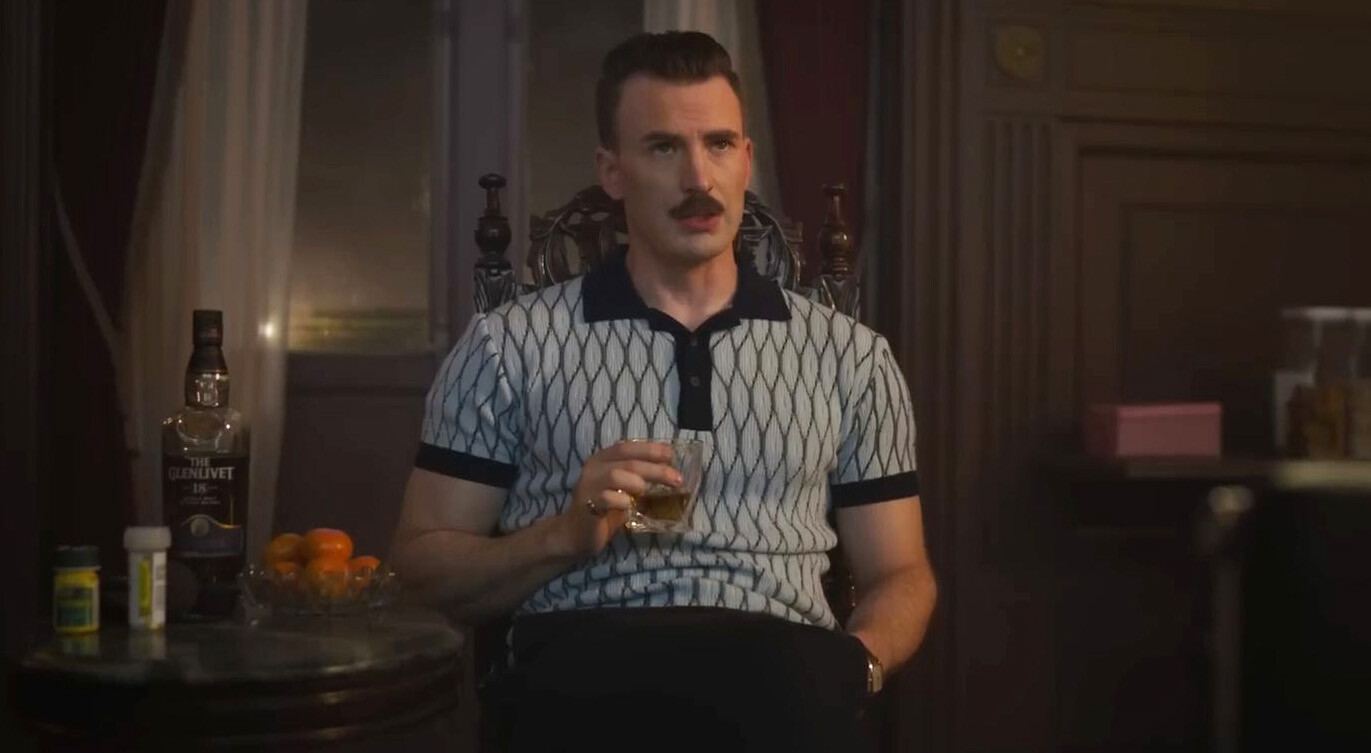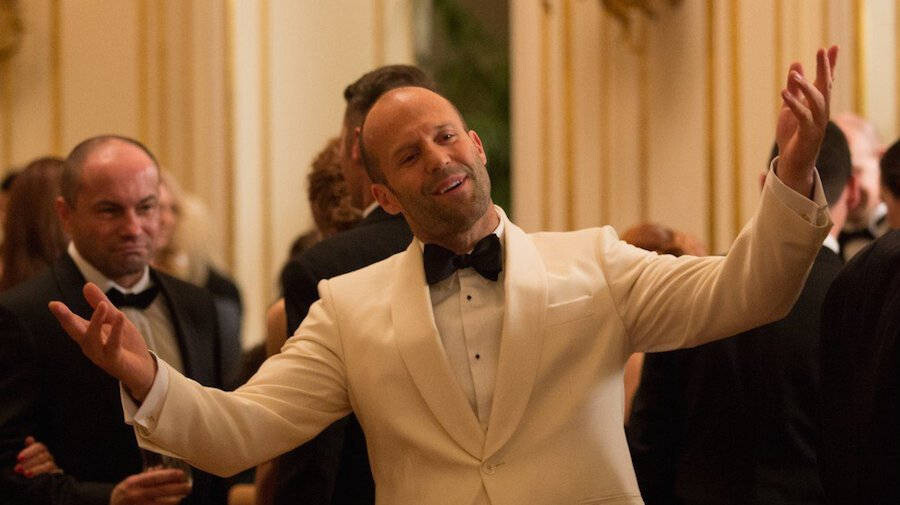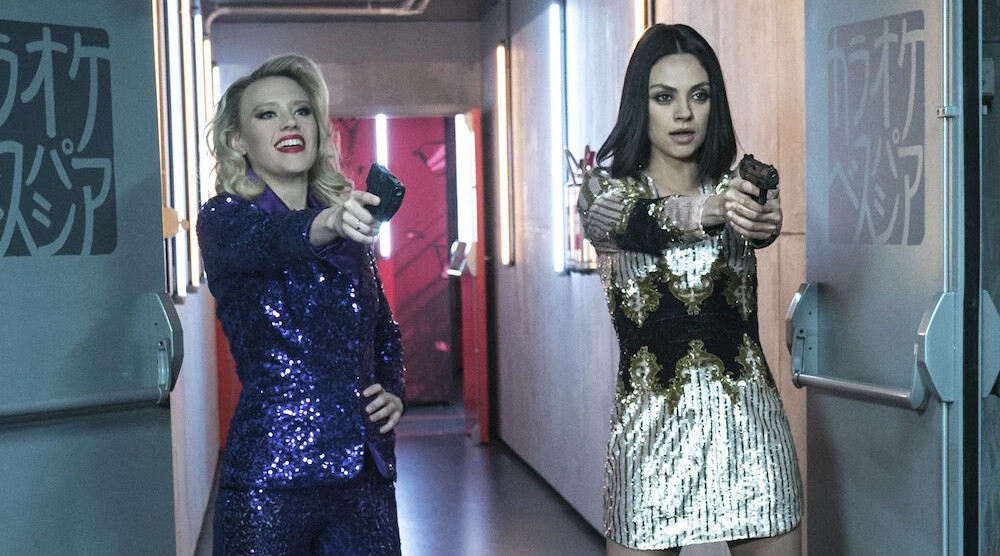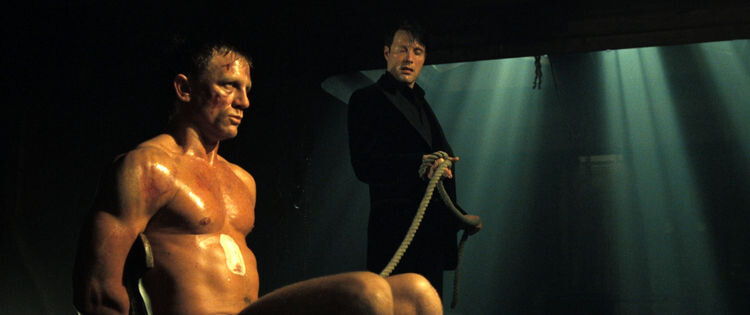4 Spy Myths We Believe Because Of Movies

Everyone loves a good story filled with espionage, secret undercover agents who can somehow blend in a while looking like they stepped out of Vogue magazine, and action sequences so wild it gives us whiplash. That's the stuff. Nothing like a spy movie pumped with hot people doing parkour in suits.
But while these movies get us off, the world of spies is quite different from the Bonds and the Jack Ryans and those movies that pretend Matt Damon is an action hero. Many experts and ex-CIA agents have been interviewed over the years, and most of them agree that Hollywood is responsible for a lot of misconceptions when it comes to gathering intelligence for one's country. Classic Hollywood.
About That Lavish Lifestyle
Don't Miss
One of two images tend to pop up in people's minds when they think of "spies." It's either a conspicuous-looking man in a long coat with a hat pulled low over his eyes or Daniel Craig in a tuxedo. Mostly it's Daniel Craig in a tuxedo. Movies make spies look super suave, with a wardrobe so luxurious we'd totally want to raid it.

“The Gray Man” / Netflix
On top of that, they're always jet-setting around the world and driving fancy cars while probably coming up with the next viral cocktail trend. The life is lush, and much of it is fiction.
Dr. Vince Houghton, who used to be the historian and curator at the International Spy Museum, confirmed that the movies aren't really that bothered with making spies blend in. Houghton says that spies hardly ever drive fancy cars that would make any billionaire jealous.
"Spies are driving cars that blend in. So if you are infiltrating a high-society ball where everyone is a multi-millionaire, you are going to be driving a nice car. If you are just driving through the streets of Moscow, you are going to be driving a clunker. The idea of espionage writ large is be nondescript. Don't stand out."
Houghton also says that the spy world is less Bond and more Tinker Tailor Soldier Spy. "It's a lot less shooting and blowing sh*t up and more about, 'How can I do this effectively?' Which doesn't make for a very good movie usually."

“No Time To Die” / Universal Pictures
Many spy films also like to show how, for most spies, it’s practically impossible to live a normal life, what with the “secret” part of being a secret agent. Former CIA agent Douglas Laux said that while it can be challenging to basically lie to everyone around you, it doesn’t mean every spy leads a sad and lonely life. “My social life was robust, but do understand that came with a lot of stress that I brought upon myself. Consider, every new person I met was one more person I had to keep my secret from and weave another lie with.”
And speaking of the supposed rock ‘n’ roll lifestyles of spies …
About All That Sexpionage
It’s highly frowned upon in the West, and it’s a practice you’ll only find in Mother Russia.
“Sparrow Schools” were a real thing in the Soviet Union during the Cold War, and Russians using sex to gather information still happens today (even though it’s not that common and apparently not sanctioned by authorities anymore). In the U.S., however, spies don’t bone people to complete a mission. Former CIA officer Valerie Plame Wilson says honey traps do not work and are pretty ridiculous, because it simply complicates an agent’s job having to deal with the emotions involved.
Former CIA agent Christopher Burgess blames the portrayal of female sex spies on the fame of Margaretha Zelle, the Dutch dancer turned German spy who everyone knows as the nude-dancing Mata Hari. Burgess said that the image stuck with people, causing movies to portray women in espionage as “centerfold models in tight clothes."

“Mission: Impossible — Rogue Nation” / Paramount Pictures
About That License To Kill (And License To Do Whatever They Want)
We know the sequence: Spy person goes on a mission, but things go belly-up and they need to MacGyver their way out of a sticky situation. This is usually where we see them go rogue, watching as they break rules and bend protocols and probably end up banging someone.

20th Century Studios
Ian Fleming’s Bond series spawned the trend of the supposed “license to kill” that sees spies shooting every Tom, Dick and Harry if the situation calls for it. It’s another inventive strategy that is a total nope in the real spy world. “That’s a big no-no at the Agency,” says Emily Brandwin, a former CIA agent. “They don’t do that.” In the U.K., the Foreign Secretary can technically issue what is called a “Class Seven authorization” and give a spy permission to use lethal force during a mission, but that simply never happens.
Also, pulling a stunt like in the opening scene of Mission: Impossible — Rogue Nation will probably get an agent fired.
“If he’d survive, he’d probably be fired,” says Dr. Vince Houghton about Tom Cruise jumping onto planes, as he does. ”One of the most important prerequisites for employment at the C.I.A. is being mentally competent. Yes, you need to take chances . . . however you don’t want someone who is so batsh*t crazy that they’re going to get themselves involved in a situation where they’re putting their lives and the mission in danger. Someone like Ethan Hunt would have been so cultivated by the American intelligence agency; so much money — millions and millions of dollars — has gone into his training and his background that he is an asset to the U.S. government at this point. And for him to go willy-nilly and hang off an airplane — that’s just not a good use of government resources.”
Which leads us to …
About All That Danger
By now everyone knows that Hollywood movies love their guns. It’s the weapon of choice, and everyone from Tom Cruise to Mellisa McCarthy gets to carry one. Which is incredible, since not even CIA agents carry them around.
“Most CIA officers don’t carry weapons, unless they’re in a hostile area,” said former agent Emily Brandwin. “In The Spy Who Dumped Me, they’re in Paris, a very cosmopolitan area, and they would never carry a gun there.”

“The Spy Who Dumped Me” / Lionsgate
Dr. Vince Houghton also says that high-speed car chases almost never happen, because they’re probably not going to get away, anyway. “You can’t outrun the radio, you can’t outrun weapons, you can’t outrun drones. So driving fast doesn’t necessarily get you out of trouble. If you’re by yourself, you get arrested. There is no reason to get shot up. In a lot of these cases, they will just kick you out of the country.”
As for all the danger and close calls and torture and whatnot, Houghton and most every other former agent who’s ever been interviewed say that while operatives receive training for all kinds of rough situations, the life of a spy is just not that perilous.
“In our Bond exhibit we have something called ‘My Bond Moment,’ and it’s a theater where we have real-world former spies — C.I.A. and F.B.I. personnel — talking about that one time in their career, and these are long careers, where they had a moment that was Bond-movie worthy. A former director of counterintelligence in the F.B.I. spent decades hunting spies, and his one Bond-worthy moment was a time he was in Moscow — and he was in Moscow a lot — but one time the K.G.B. harassed him a little bit. This is someone who briefed Reagan weekly about counterintelligence. He was as deep in espionage as you can get.”
He did not mention anyone ever getting their junk whacked.

“Casino Royale” / Sony Pictures
You can find Zanandi here and also here.
Thumbnail: Paramount Pictures